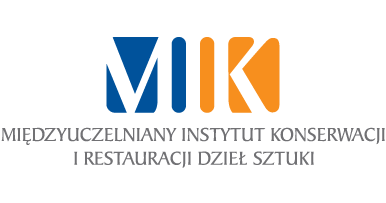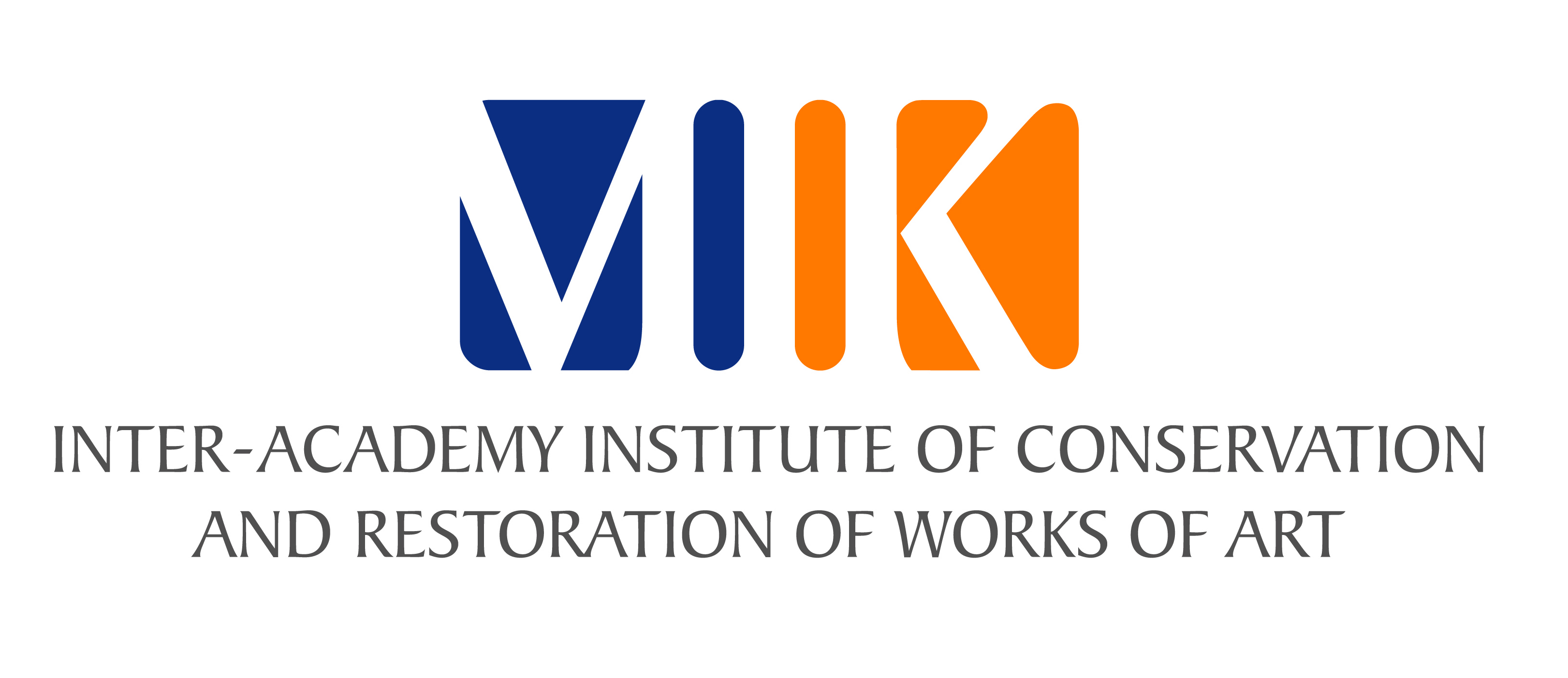Among other, since 2004 the Institute’s scientific activity focuses on the use of up-to-date laser techniques in the conservation of works of art. This framework includes international research programs:
E! 3483 LASCAN
EUREKA PROJECT 3483 LASCAN „Advanced laser renovation of old paintings, paper, parchment and metal objects”. EULASNET LASCAN, nr 120/E-410/SPB/EUREKA/KG/DWM 97/2005-2007 – coordinator of the Diagnostics Working Package.
COST Action G7
The international research program COST Action G7. Project’s title: „Artwork conservation by laser”.
UE Kultura 2000
Participation in the EU Kultura 2000 project: „Gemeinschaftsprojekt zur Entwicklung und Verbreitung eines Stein-Informations-System”.
Research programs
Modern research programs based on up-to-date diagnostic instruments (i.e. ED-XRF Spectrometer, LIBS spectroscopy, portable Raman spectrometer).
Matlas
Participation in the international research project – „Advanced methods of materials engineering in diagnostics of art works after renovation by means of shaped, high-energy laser radiation pulses – Matlas“.
MATLAS
Advanced methods of materials engineering in diagnostics of art works after renovation by means of shaped, high-energy laser radiation pulses (MATLAS).
NEW TECHNOLOGIES
The unique character of works of art and historical objects being part of cultural heritage and a priceless source of information about a given region’s history and civilization require the use of specific methods to assess their state of preservation, as well as renovation technologies that will not cause a worsening of their surface, yet ensure a perspective of long-lasting “use”.

NANOTECHNOLOGY AND PHOTONICS
When searching for advanced techniques for the protection and conservation of material cultural heritage, it seems that most ideally suited are techniques typically associated with materials science and increasingly often reaching into the world of nanotechnology.
Artwork conservation and diagnostics increasingly often rely on photonics. Photons constitute ideal contactless sampling and testing tools in materials research.
PULSED AND CONTINUOUS WAVE LASERS
Pulsed and continuous wave lasers provide the opportunity to renovate monumental objects, but their safe use requires research to increase their efficacy and to minimize risks of error.
A precondition for the success of such application is a selective removal of the surface layer of dirt, while reducing to a minimum any intrusion into the object undergoing cleaning.
PROJECT’S GOAL
The MATLAS Project’s goal is to the develop a universal renovation technology for objects of art made of metals, their alloys or containing metals in their surface layers and to permit a precision laser cleaning of objects with complicated shapes.
The project will integrate an interdisciplinary validation of laser cleaning results, including the involvement of experts in materials science and conservators of art specializing in metal and metal-plated objects.
A constantly updated database will allow art conservators to select pertinent surface diagnostic methods and renovation conditions.
COLLABORATION
The project, coordinated by the Materials Engineering Department of the Warsaw University of Technology, is carried out in collaboration with four scientific research institutions:
- Warsaw University of Technology, Materials Engineering Department (PW)
- Military University of Technology, Institute of Optoelectronics (WAT)
- Academy of Fine Arts, Interacademic Institute of Conservation and Restoration of Art (ASP)
- Norwegian Institute for Cultural Heritage Research (NIKU)




